![]()
![]()
from Bruce
Anecdotes
Children
• In the Old West, babysitters were sometimes hard to come by. Very young children were sometimes put on a gentle, reliable horse, tied to the saddle horn, and babysat by the horse. Of course, children learned to ride horses quickly. When Fannie Sperry was very young, her mother placed her on a horse and told her to be careful not to fall off. Young Fannie fell off anyway, so her mother picked her up, put her on the horse again, and told her to be more careful. Fanny quickly learned to ride, and eventually she competed at riding bucking stock in rodeos.
• Gymnast Tracee Talavera and her older sister, Coral, attended an elementary school in San Francisco that was attended mostly by African-American children. Sometimes, the black children taunted the Talaveras by yelling at them, “You white honkies!” Coral would run to and hold the hand of a white teacher, but Tracee shouted back, “I am not! I’m brown!” This was her way of telling the African-American children that her heritage was Chicano. In fact, Talavera de la Reina, which means “Tiara of the Queen,” is a town near Madrid, Spain.
• As an eight-year-old, future Pittsburgh Penguin hockey player Mario Lemieux had an excellent slap shot—even though most players don’t develop one until their teenage years. From the center of the ice, young Mario had the strength and power to send the hockey puck flying through the air and over the high plexiglass at the end of the rink. In one game, he scared the other team’s goalie into leaving the goal undefended simply by getting ready to hit a slap shot, but once the goalie had gone, he simply tapped the puck in for a goal.
• While growing up, Gail Devers used to race her older brother in their backyard. He always beat her, and he always made fun of her because he had beat her. This motivated Gail to practice running. She beat her brother the next time they raced, and he stopped racing her. However, he did set up races between Gail and other children in the neighborhood—races that Gail always won. The practice paid off. Ms. Devers won three Olympic gold medals—one (100-meter) in 1992 and two in 1996 (100-meter and 4x100-meter relay).
• When she was a little girl, figure skater Sasha Cohen was used to causing and getting into trouble, so she experienced a lot of time-outs. Once, before being punished, she tried to get candy from her father. As he carried her to the spot for her time-out, she said, “Dad, before my time-out, I want 10 candies.” He said no, so she lowered her request to five candies, then to three candies, but he answered no each time. Finally, Sasha said, “OK, Dad, my final offer: Give me one candy, and I’ll take a lick and spit it out.” He laughed.
• Chris Evert came from a family of tennis players. By the time she was seventeen years old, she had won 250 trophies. Her siblings also had earned lots of sports trophies: Jeanne had 150, Drew had 125, and 10-year-old John had 20. Clare didn’t have any, but the four-year-old was busy practicing with a tennis racket that had part of its handle sawn off so she could handle it. Chris and Jeanne shared a packed bedroom—packed because it was filled with their trophies.
• One of the best days in Wilma Rudolph’s life occurred just before her 10th birthday. As a child, she had been sickly, and polio had damaged one of her legs so badly that she was forced to use a leg brace. Members of her family massaged her leg each day to help her regain use of it. Just before her 10th birthday, Wilma was able to walk into her church without using the leg brace. Ms. Rudolph won three gold medals in track and field at the 1960 Olympic Games in Rome.
• Kim Zmeskal started training in Houston, Texas, at age six, and the great gymnastics coach Bela Karolyi arrived shortly afterward. As a teenager weighing 71 pounds and standing 4-feet-5 tall, she competed for him. When the 14-year-old Kim won an award for Female Athlete of the Year in 1990, after becoming United States national champion, she amused the crowd by mentioning in her speech “people you’ve been with since you were little.”
***
© Copyright Bruce D. Bruce; All Rights Reserved
***
The Funniest People in Sports, Volume 2: 250 Anecdotes — Buy
The Funniest People in Sports, Volume 2: 250 Anecdotes — Buy the Paperback
The Funniest People in Sports, Volume 2: 250 Anecdotes — Kindle
The Funniest People in Sports, Volume 2: 250 Anecdotes — Apple
The Funniest People in Sports, Volume 2: 250 Anecdotes — Barnes and Noble
The Funniest People in Sports, Volume 2: 250 Anecdotes — Kobo
The Funniest People in Sports: 250 Anecdotes — Smashwords, Volume 2: Many Formats, Including PFD
Presenting
Michael Egan





 In memory.
In memory.

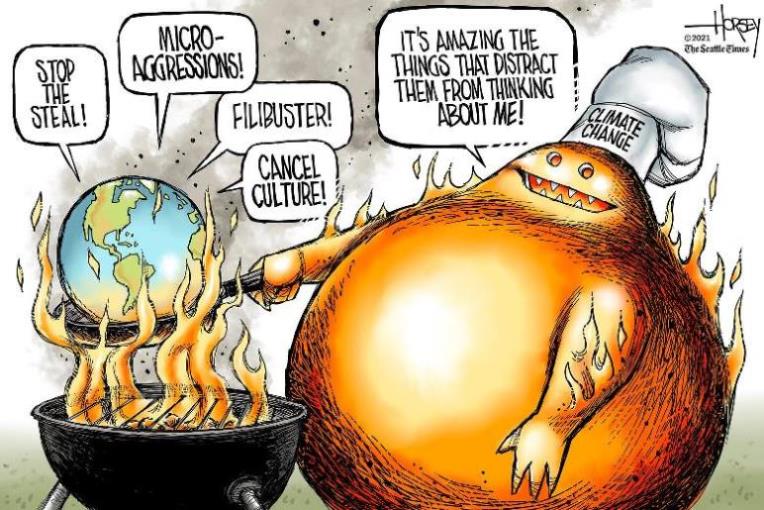
BRUCE'S RECOMMENDATION
BANDCAMP MUSIC
BRUCE'S RECOMMENDATION OF BANDCAMP MUSIC
Music: "Revisit the Past"
Album: SUCH A THRILL
Artist: The Bottle Kids
Artist Location: Berkeley, California
Info:
The Bottle Kids of Berkeley, California are NOT:
Bottlekids of Wales, UK
Bottle Kids of Boston, Massachusetts
Bottle Kids of Brooklyn, New York
Bottle Kids of Harrisburg, Pennsylvania
Bottle Kids of Chicago, Illinois
Bottle Kids of Atlanta, Georgia
Bottle Kids of Cleveland, Ohio
Bottle Kids of Oshawa, Ontario
Bottle Kids of Reading, UK
The Bottle Kids of Charlotte, North Carolina
“Conceived as the musical vision of frontman/songwriter/producer/engineer Berkeley native Eric Blakely, The Bottle Kids embody the best of both ‘then’ and ‘now,’ combining Blakely’s deep roots in early 80’s power pop with a keen sense of songwriting and production for a refreshing, innovative and stubbornly irresistible sound.”
Bottle Kids Official [no idea where they’re located] commented, “Play louder and meaner. And stop stealing our band name.” Al Kidd responded, “Actually the name idea came from The Trailer Park Boys.”
Price: $0.99 (USD) for track; $9.99 (USD) for 13-track album
Genre: Power Pop.
Links:
The Bottle Kids on Bandcamp
Al Kidd on YouTube
The Bottle Kids Official Website
Other Links:
David Bruce's Amazon Author Page
David Bruce's Smashwords Page
David Bruce's Blog #1
David Bruce's Blog #2
David Bruce's Blog #3
David Bruce's Apple iBookstore
David Bruce has over 140 Kindle books on Amazon.com.

Reader Suggestion
Michelle in AZ
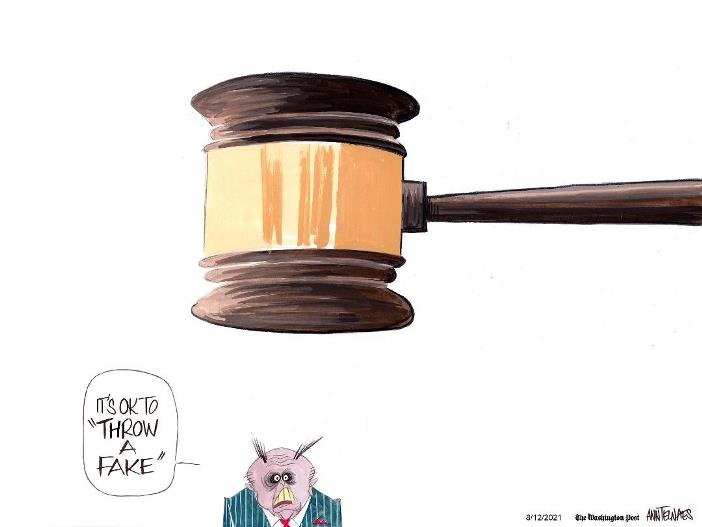
Updated
some guy

some guy
Thanks, Guy!


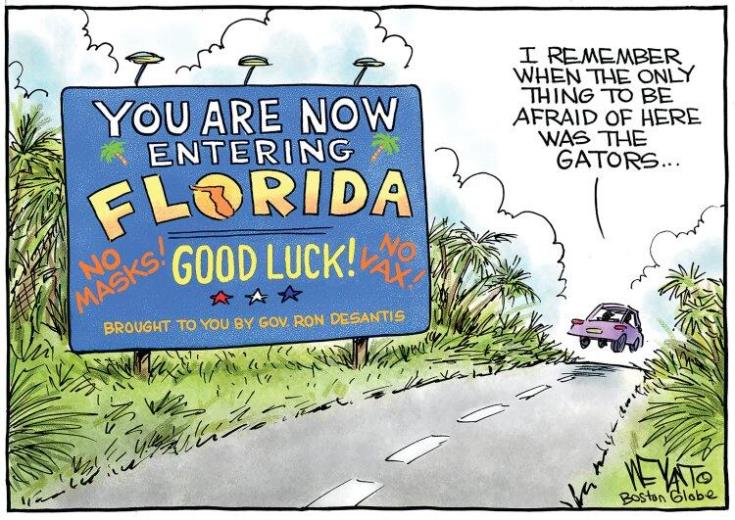
Bonus Links
Jeannie the Teed-Off Temp

Reader Comment
Current Events





Linda >^..^<
We are all only temporarily able bodied.
Thanks, Linda!


that Mad Cat, JD

In The Chaos Household
Last Night
Gas back down to $3.95/gal at the no-name, cash-only station.
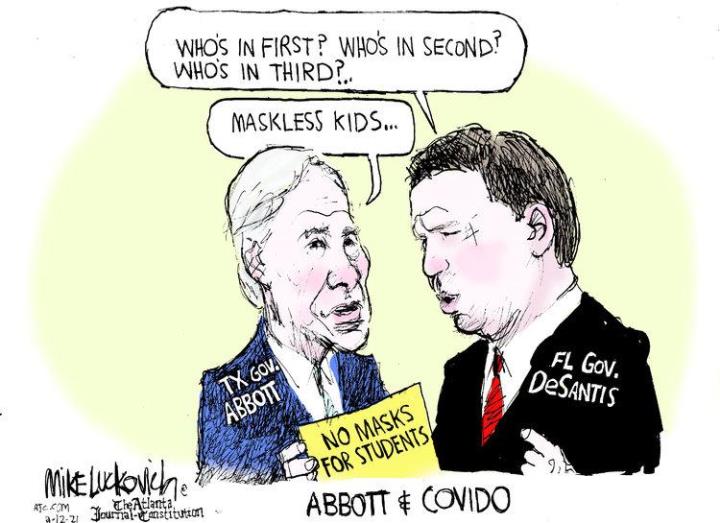
No. 3
'Jeopardy!
Ken Jennings. James Holzhauer. And now Matt Amodio.
Amodio joined the Hall of Fame list of "Jeopardy" legends with the third-highest earnings in history during regular play after securing his 17th win in Thursday's episode.
The Yale computer science Ph.D. student from New Haven, Connecticut (and originally from Medina, Ohio) took home $42,400 Thursday after defeating contestants Steve Spillman and Ruth Reichard, bringing his 17-day total to $547,600.
That lands Amodio at No. 3 on the list of top prize winners in non-tournament play, behind only Jennings ($2,462,216) and Holzhauer ($2,520,700), but has a long way to go to catch them. Friday marks the show's 37th season finale; if he wins then, Amodio returns for the 38th season, with Mike Richards as host, on Sept. 13.
Amodio has played with four guest hosts during his 17-game run: He was first crowned "Jeopardy!" champion by Robin Roberts; his streak has lasted through LeVar Burton's and David Faber's hosting duties. Sportscaster Joe Buck took over Monday and appears to be Amodio's favorite.
'Jeopardy!

TV Special
SU2C
Stevie Wonder and Common will perform together for the seventh Stand Up To Cancer telethon, with Anthony Anderson, Sofia Vergara and husband-and-wife Ken Jeong and Tran Ho as hosts.
Brittany Howard also will perform on the hourlong special on Aug. 21 (8 p.m. EDT), with Matthew McConaughey, Chandra Wilson, Kate del Castillo, Jennifer Garner, MJ Rodriquez, Tony Hale, Jaime Camil and Max Greenfield among the celebrities helping to raise money for cancer research.
Reese Witherspoon and her media entrepreneur husband, Jim Toth, are serving as executive producers.
The event, which is held every other year, will be carried simultaneously and commercial-free on 60-plus U.S. and Canadian broadcast, cable and streaming outlets, including ABC, CBS, Fox and NBC. Families who have been affected by the disease, including that of an 11-year-old boy with leukemia, will share their stories.
Also known as SU2C, the organization is a division of the charitable Entertainment Industry Foundation. Katie Couric, among its founders, is set to appear on the special.
SU2C
‘Screw Your Freedom’
Arnold
Former Republican governor and action movie star Arnold Schwarzenegger told Americans who refuse to get the Covid vaccine or wear a mask to "screw your freedom", because with great freedom comes great responsibility.
The treatise against individual rights in favour of the collective good came moments after the Austrian-born actor warned of rising fascism in America by comparing the pro-Trump mob that stormed the US Capitol to Adolf Hitler’s Brownshirts before World War II.
"There is a virus here, it kills people, and the only way we prevent it is get vaccinated, get masks, do social distancing, washing your hands all the time, and not just to think about ‘well my freedom is being kind of disturbed here’. No, screw your freedom," Mr Schwarzenegger said.
He went on to explain that people cannot just say they have the right to do whatever they want when their actions affect other people. Rather, wearing masks and taking vaccines is no different than obeying the rules of the road while driving. If people don’t wear a mask they are responsible for killing anyone who catches Covid from them and dies, he said.
"Yeah you have the freedom to wear no mask, but you know something, you’re a schmuck for not wearing a mask because you’re supposed to protect your fellow members around you, it’s just that simple," he added.
Arnold

Considers Possible Exit
Rachel Maddow
Rachel Maddow is considering the possibility of exiting MSNBC when her contract ends next year, albeit negotiations on her future are continuing between her representatives and the network.
“Nothing has been decided. We are deep into it with NBCUniversal and Rachel has an excellent relationship with them,” said Mark Shapiro, the president of Endeavor Co., who is representing Maddow along with CEO Ari Emanuel.
A source confirmed a report in The Daily Beast, which first reported on the possibility that Maddow might exit the network, with the top reason being the ongoing demands of a five-night-a-week show.
Maddow is MSNBC’s No. 1 personality, and her show has been in the Top 5 of all programs on the news networks. In July, The Rachel Maddow Show averaged 2.29 million viewers, behind Fox News’ Tucker Carlson Tonight, Hannity and The Five. But ratings across the cable news networks have fallen sharply since last year, when a presidential election, the pandemic lockdowns and the the spectacle of Donald Trump’s presidency were attention draws.
Maddow’s show launched in 2008, after her standout success as a commentator for the network and as a radio talk host. Her ratings quickly proved to be a vast improvement in the time slot, as the network had looked for a show to benefit from the audience of its signature show, Countdown with Keith Olbermann. At the time, Phil Griffin, then MSNBC’s president, compared the speed of her success to that of Katie Couric when she debuted on Today. She also was the first openly LGBTQ host of a network primetime news show, and she devoted an emotional segment in November in which she described the experience of watching her longtime partner, Susan Mikula, get seriously ill with Covid-19.
Rachel Maddow
‘Black Immigration’
US Textbooks
One history textbook exclusively refers to immigrants as “aliens”. Another blames the Black Lives Matter movement for strife between communities and police officers. A third discusses the prevalence of “black supremacist” organizations during the civil rights movement, calling Malcolm X the most prominent “black supremacist” of the era.
Legislatures and boards of education around the US are currently engaging in acrimonious battles about how issues of race and equity are taught in public K-12 classrooms – the latest culture war in a decades-long fight around whose stories and contributions get highlighted in school. But largely left out of this conversation has been the education provided in private schools, thousands of which have quietly been excluding diverse voices and teaching biased versions of history for years.
While public school textbooks suffer from their own blindspots, a Guardian analysis has found that private schools, especially Christian schools, use textbooks that tell a version of history that is racially biased and often inaccurate. These textbooks, used in thousands of private schools, many of which receive tens of thousands of dollars in public funding every year, whitewash the legacy of slavery, frame Native Americans as lesser and blame the Black Lives Matter movement for sowing racial discord.
These textbooks “actually support what critical race theory is trying to argue – that is racism is part of the fabric of American life,” said Dorinda Carter, chairperson for the department of teacher education at Michigan State University and professor of race, culture and equity. “Those textbooks actually further spread racist ideas, that one group is superior over another, one group is more human than another.”
One Accelerated Christian Education high school textbook refers to the civil war as the “war between the states” (a term ordinarily used by those who romanticise the Confederacy) and says that the “end of slavery in this country was a legitimate goal, but much was done in the name of abolition that was as evil as the institution of slavery itself”. It contains a section titled “Black immigration”, referring to slavery, which notes: “Not all immigrants have come to America willingly.”
US Textbooks

Epic 50,000-Mile Journey
Woolly Mammoth
A mammoth that lived in Alaska about 17,000 years ago traveled so far and wide that, if it had walked in a straight line, it would have gone all the way around the world — nearly twice.
Recent analysis of the woolly ice age beast's preserved tusk revealed that in 28 years, it walked almost 50,000 miles (80,500 kilometers). To retrace the adult mammoth's steps, researchers did something that had never been done before: They sliced open a mammoth tusk along its length, investigating the chemistry of the layers that built up in the tusk year after year during the animal's lifetime.
Then, they compared that data to chemical signatures in locations across Alaska that were identified from the teeth of small ice age mammals. By matching chemical element ratios in different parts of the tusk to similar ratios from the small-mammal teeth, scientists were able to create a regional map that showed where the mammoth lived from year to year.
In woolly mammoths (Mammuthus primigenius) and their elephantine relatives (living and extinct), tusks preserve information about their habitats in an element called strontium, which the tusks absorb from plants the animals eat. Ratios of strontium isotopes — versions of the element with different numbers of neutrons — vary between geographic locations, and incremental records of local isotope ratios in tusks can reveal where the animals were dining during different stages of their lives, researchers reported in a new study.
For the study, the scientists used one of the tusks of an adult mammoth in the collection of the University of Alaska Museum, collected on Alaska's Arctic Coastal Plain above the Arctic Circle in 2010. DNA analysis revealed that the mammoth was male; it lived about 17,000 years ago and its tusk measured 7.9 feet (2.4 meters) long. Figuring out how to bisect the enormous, spiraling tusk evenly (and without damaging it) took the researchers about a year, and splitting the tusk ultimately required six people, an enormous band saw and nearly an entire day of very, very careful cutting, Wooller said.
Woolly Mammoth

Denisovan Ancestors
Ayta Magbukun
A demographic study shows that the Ayta Magbukun—a Philippine ethnic group—has the highest known level of Denisovan ancestry in the world. The finding shows that the history of archaic and modern humans living on the islands of southeast Asia during the Pleistocene is more complex than we imagined.
New research published in Current Biology shows that the Ayta Magbukun have retained around 5% of their Denisovan ancestry, which is around 30% to 40% higher than rates found in indigenous Papuans—an ethnic group previously known to possess high rates of Denisovan DNA. Most mainland Asian individuals, by contrast, have less than 0.05% Denisovan ancestry, while individuals of European and African descent have none.
That the Ayta Magbukun—a Philippine Negrito ethnic group—has retained so much Denisovan DNA is nothing short of astounding (Negritos comprise several diverse ethnic groups from southeast Asia and the Andaman Islands). The Ayta Magbukun have largely kept to themselves over the millennia, but the new finding suggests the occurrence of a distinct interbreeding event, or events, in the Philippines, as modern humans flowed into a region occupied by Denisovans.
Denisovans branched off from Neanderthals some 390,000 to 440,000 years ago and possibly as recently as 200,000 years ago. Modern humans share a common ancestor with both groups, but that divergence dates back some 800,000 years. That said, all three groups belong to the Homo genus, meaning they’re all humans. Importantly, Neanderthals and Denisovans interbred with modern humans, and we can see evidence of this in our DNA. All living humans have some Neanderthal ancestry to varying degrees, including individuals of African descent, but only Pacific Islander populations and southeast Asians have Denisovan ancestry. Denisovans went extinct around 50,000 years ago, but the lack of fossil evidence means we cannot be sure. Neanderthals exited the scene around 40,000 years ago.
The Ayta Magbukon, according to the National Commission on Indigenous Peoples, have occupied the Bataan Peninsula of the Philippines “since time immemorial owing to the origin of its name which means ‘to separate’ from the rest of the Ayta language groups.”
Ayta Magbukun

100 Feet Taller
Mount Etna
Mount Etna, Europe's tallest and most active volcano, has erupted so much in the past six months, it has grown about 100 feet (30 meters) in height, satellite images reveal.
The youngest and most active of Etna's four summit craters — the southeastern crater — is now the tallest part of the volcano, towering 11,013 feet (3,357 m) above sea level, the tallest it has been in recorded history, according to the National Institute for Geophysics and Volcanology (INGV), located at the foot of Mount Etna in Catania, Sicily.
This sudden growth spurt is the result of about 50 eruptions at the southeastern crater since Feb. 16, 2021, which have led to a "conspicuous transformation of the shape of the volcano," the INGV reported in a translated statement released Aug. 10. Scientists discovered the explosive growth while analyzing images taken by the Earth-imaging Pléiades satellites on July 13 and July 25. The data have an uncertainty of about 10 feet (3 m), the INGV noted.
In fact, the southeastern crater is now taller than its "big brother," the northeastern crater, the tallest peak on Etna for the past 40 years.
After the northeastern crater erupted in 1980 and 1981, it reached a maximum height of 10,990 feet (3,350 m). But that height decreased over the years as the crater's edges collapsed. As of the summer of 2018, the northeastern crater measured 10,912 feet (3,326 m) tall.
Mount Etna
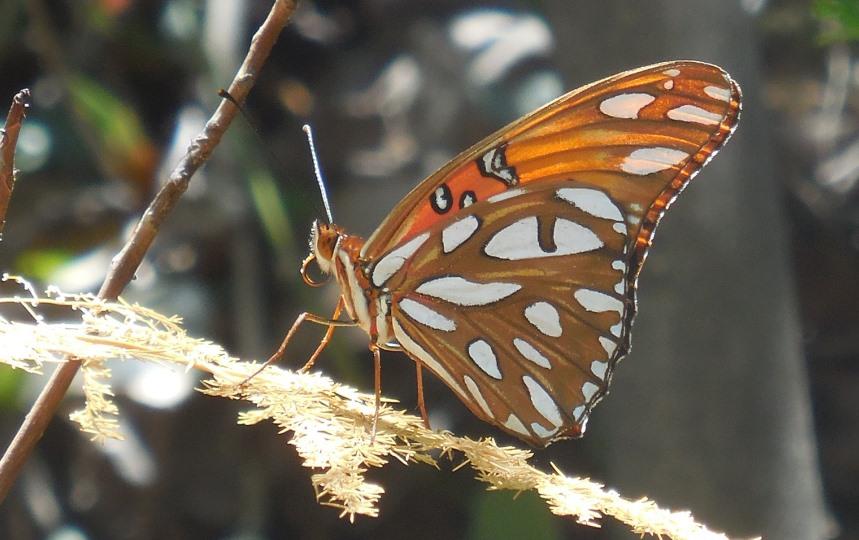
| CURRENT MOON lunar phases |


